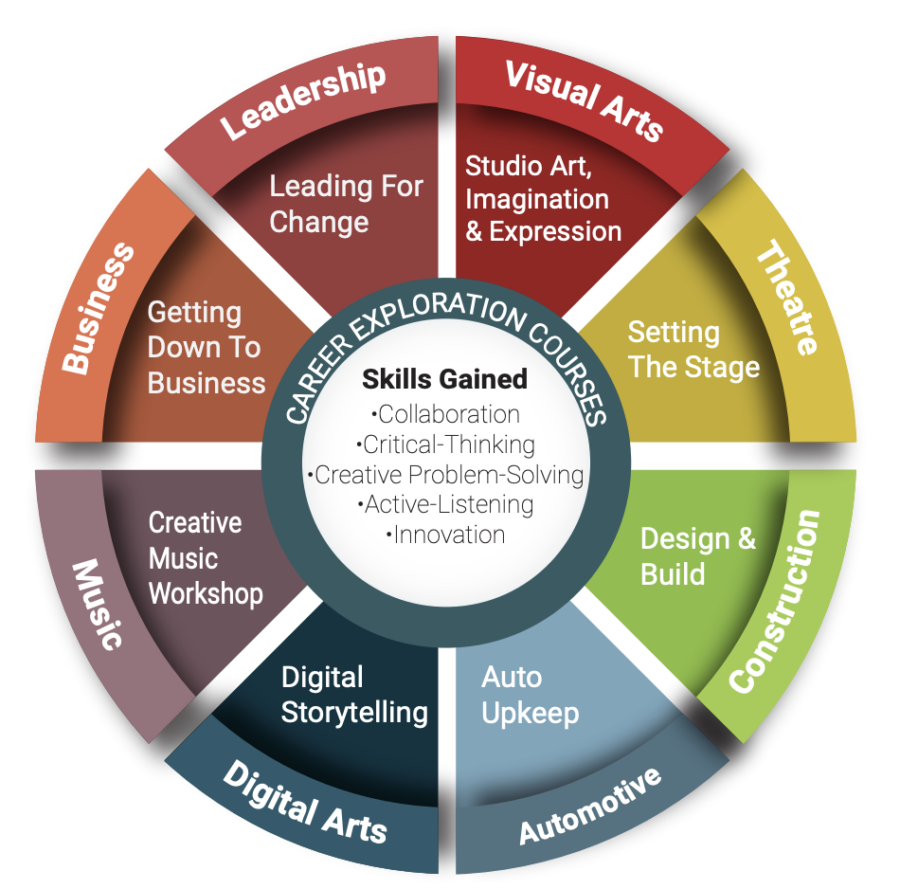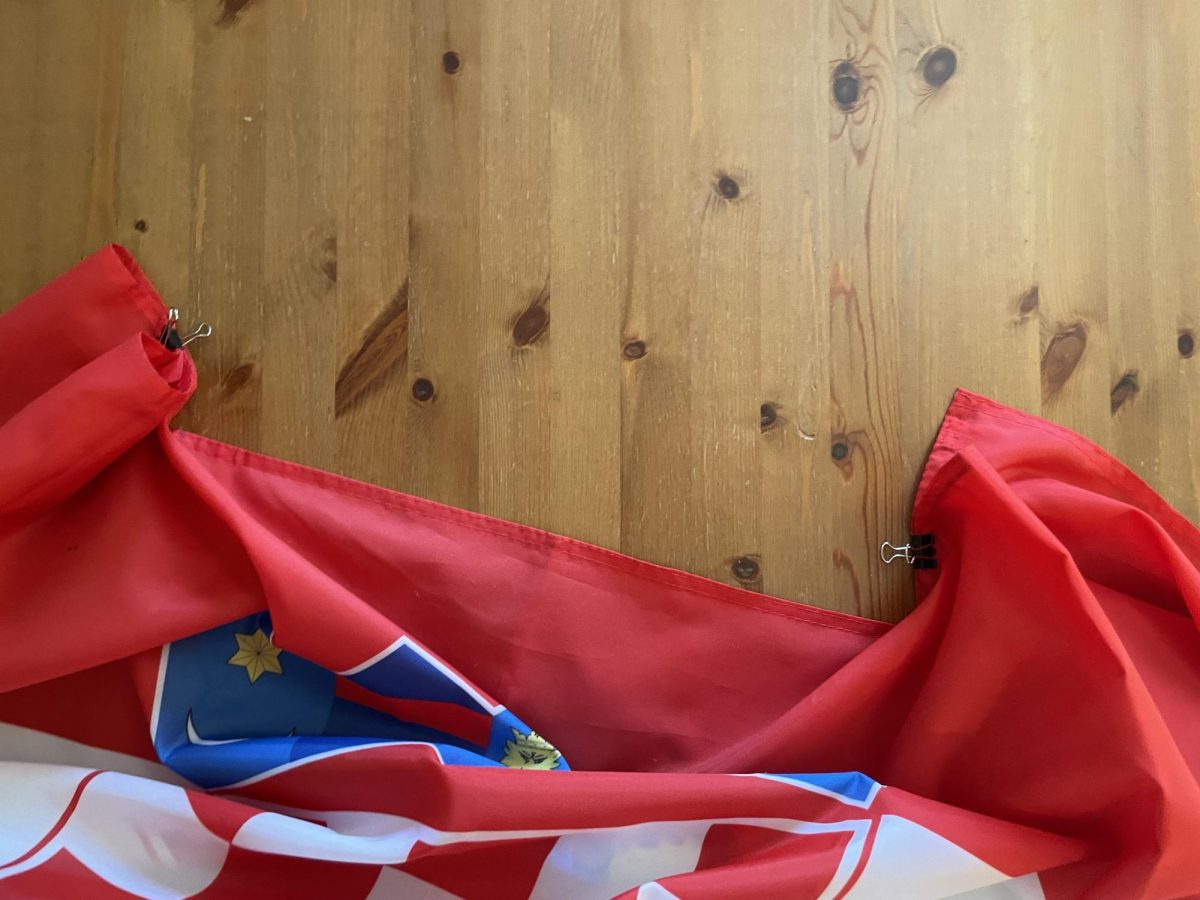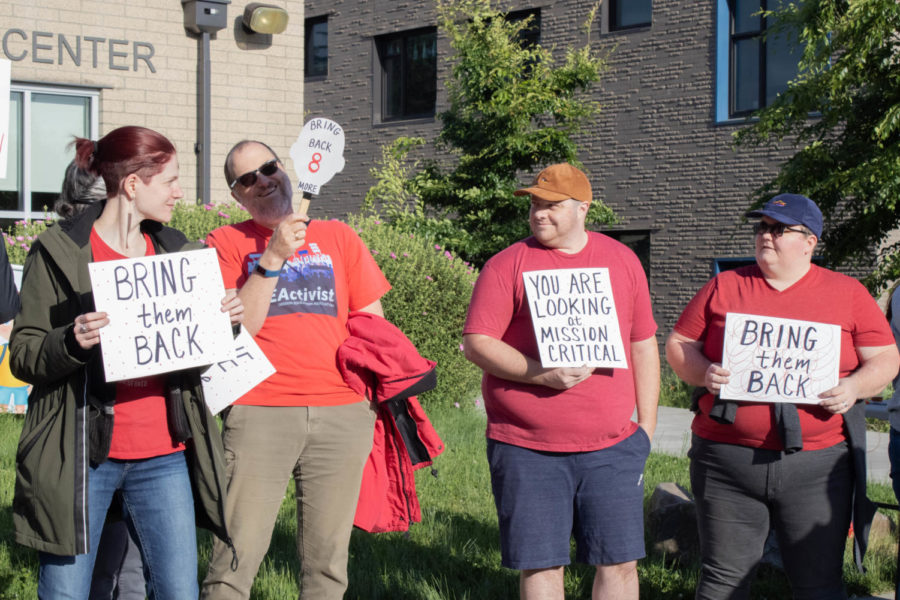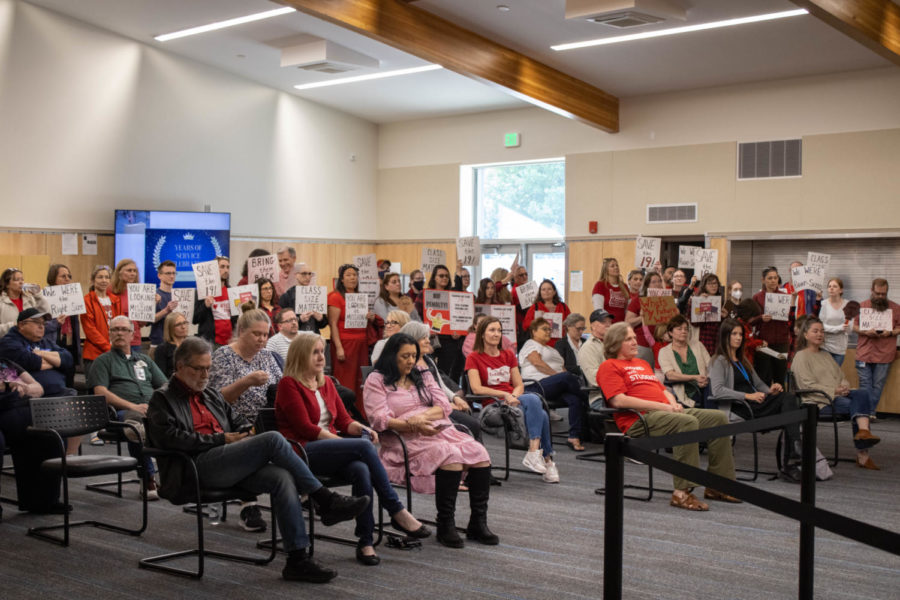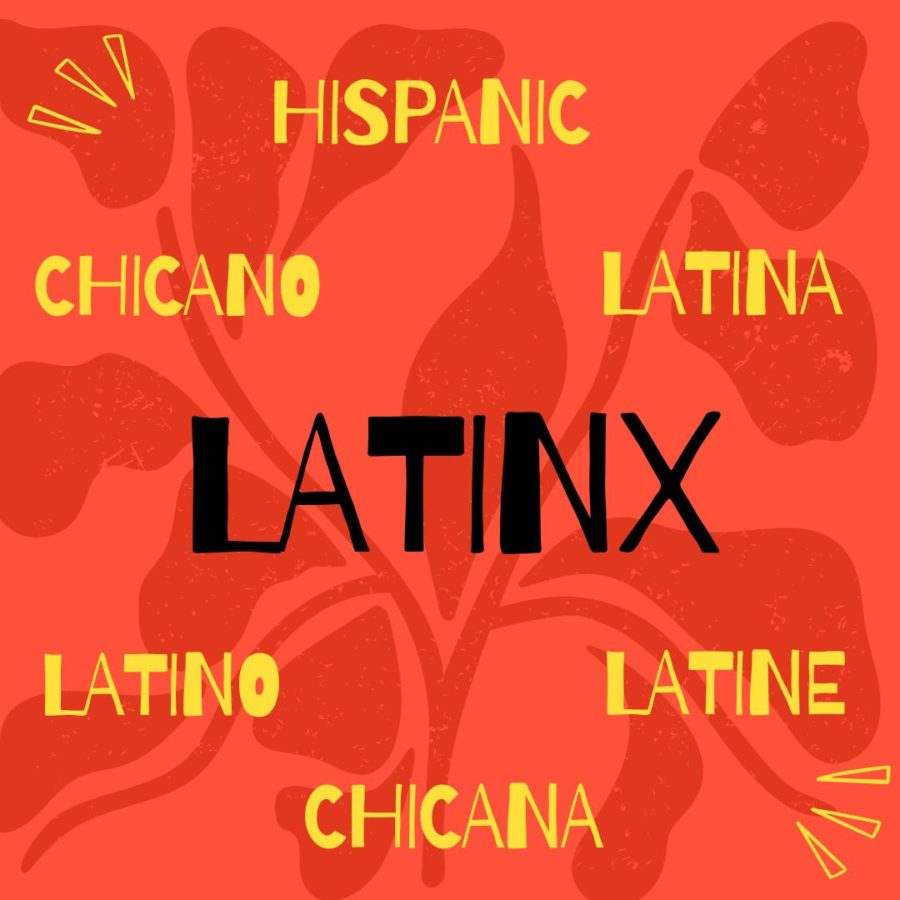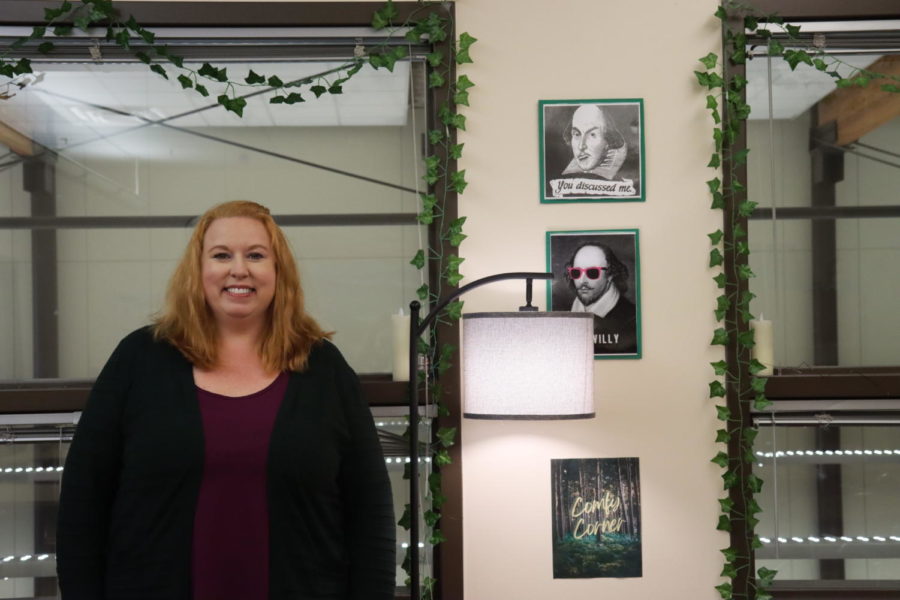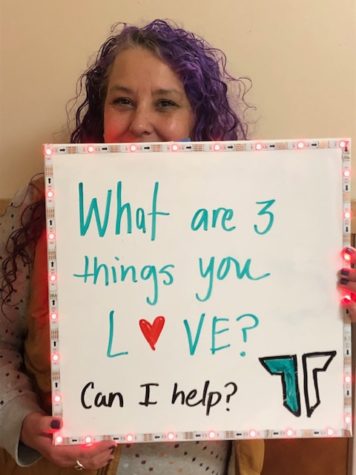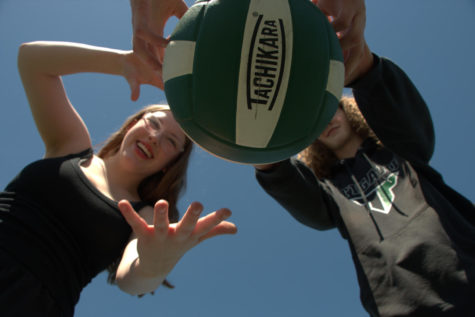Students and staff respond to the freshman wheel classes
December 16, 2022
This fall, Tigard High School introduced “the wheel” to incoming freshman students: the culmination of the work done since 2019, when the Career Exploration project initiative was first introduced to TTSD high schools.
Chris Lieuallen, one of THS’s teachers on special assignment (TOSAs), is in charge of supporting career and college readiness programs and initiatives and was instrumental in getting the wheel implemented at THS.
“The intent is not only for students to be able to try courses, but also to be able to explore something new, something they may never have tried on their own, in a short session,” Lieuallen said.
Currently, freshman students are in their second rotation of the wheel. With the first nine weeks of the wheel officially done, we sought out feedback from freshman students and wheel teachers about the career exploration project.
For his second rotation, freshman Issac Wilson is enrolled in ‘exploring technology’ with Mr. Bayah this quarter. The course curriculum focuses on teaching students how to stay private on the internet, how to navigate a computer, as well as other basic computer skills.
“I like the idea of [the wheel]. Being able to [experience] other types of classes to see what you might like,” Wilson said.
Although Wilson enjoys his wheel classes and the idea of trying new subjects he brings up the point that not all students feel this way. Wilson explains that many students don’t enjoy the wheel because the program enrolls them in classes that they don’t want to be in or aren’t best fit for them personally.
Freshman Ben Wornath has mixed feelings about the freshman wheel.
“On one hand, I find it a good way for students at THS to learn and discover what they’re interested in or not. [However] if a wheel class doesn’t match with the person’s interests then attending the class doesn’t feel useful or relevant for the future,” Wornath said.
Digital arts teacher, Kelli Lafferty, teaches digital storytelling for the wheel. The digital storytelling curriculum is made up of various art and design-based projects and small writing segments all while using Adobe Photoshop. In previous school years, Lafferty taught both digital photography and digital arts but as a result of the wheel, Lafferty no longer teaches digital photography.
Lafferty explains: “It’s so new there are a lot of adaptations to be made. I’m hoping I can curate a meaningful experience for students in ten weeks but it goes really fast,” she said. “By the time I start to build relationships with students they leave and I get a whole new group.”
Some additional concerns that Lafferty brings attention to is the lack of “return on investment,” when it comes to students signing up or expressing the act of continuing the exploration of digital arts in future years. In addition, there’s a clash between the rapid pace of the course while having a short length of time to present new work and information to new students each quarter. There’s a worry and pressure to present new topics and skills to students in a way that is time efficient and meaningful for their mission in career exploration. However, the wheel does allow Lafferty to expose her program to an average of 200 freshmen per year and grow her program by getting many students to explore aspects of digital arts through digital storytelling. This connects to the main objective of the wheel according to Lieuallen.
“The goal isn’t to convince students to take specific classes but rather to allow them to explore a greater variety of fields and make a decision without committing to an entire semester or year,” Lieuallen said.
The district is encouraging freshman students to give feedback. Students will have opportunities to share their thoughts regarding the wheel after every rotation. The district is hoping to use that opportunity to help THS improve and grow.


